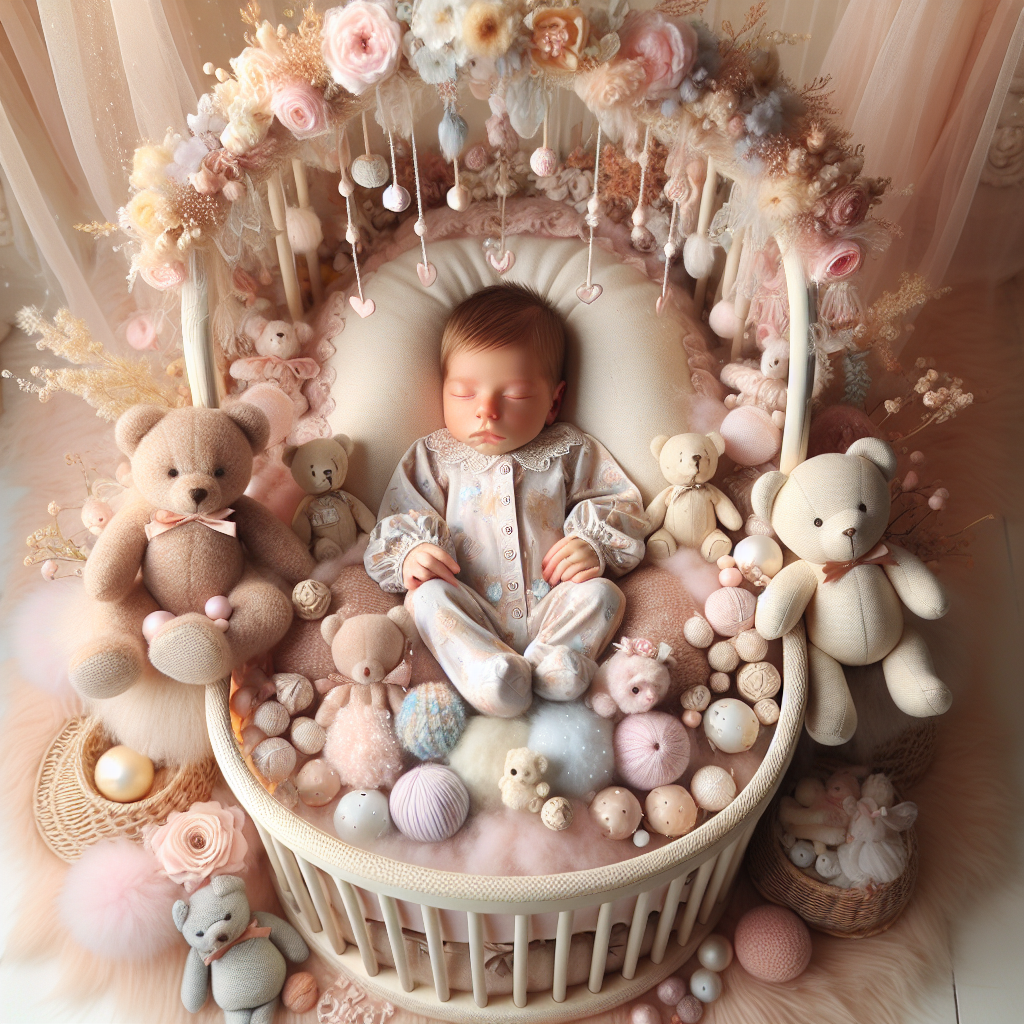Lullabies for Babies to Go to Sleep: The Ultimate Guide for New Parents in 2023
Introduction
Sleep is essential for infants, as it plays a vital role in their cognitive and physical development. A well-rested baby is not just healthier; they are generally happier, leading to better moods and a more manageable routine for parents. As such, establishing effective sleep practices is crucial. One timeless method that has proven effective across generations is the use of lullabies to soothe babies to sleep.
In this ultimate guide, we’ll delve into the world of lullabies for babies to go to sleep. We’ll explore their definition, cultural significance, benefits, getting started tips, and exciting trends in 2023. By the end of this post, you’ll be equipped with everything you need to create a calming bedtime routine for your little one.
What Are Lullabies?
Definition: At its core, a lullaby is a soothing song traditionally sung to calm babies and help them fall asleep. These gentle melodies are often characterized by soft tunes and soothing rhythms.
Cultural Significance: Lullabies have been part of human culture for thousands of years, transcending geographical and cultural boundaries. Ancient Mesopotamian tablets feature some of the earliest recorded lullabies, highlighting their long-standing importance in family life. In many cultures, lullabies reflect local traditions, language, and values, offering a glimpse into the culture of the time.
How They Work: Lullabies offer a calming atmosphere with their repetitive phrases and soft melodies, mimicking the rhythmic sensations babies experienced in the womb. This familiarity allows infants to relax, associate the sounds with comfort and safety, and ultimately drift off to sleep.
Key Players or Partnerships
Several companies and apps have recognized the importance of lullabies and baby sleep aids:
- Music Streaming Services: Platforms like Spotify and Apple Music provide extensive playlists of lullabies and bedtime music.
- Sleep Apps: Apps like Calm and Headspace offer lullaby options alongside guided meditations aimed at enhancing sleep quality.
- YouTube Channels: Channels such as Baby Lullabies and Super Simple Songs deliver endless soothing content for parents seeking to calm their babies.
Why Use Lullabies for Sleep?
Lullabies offer numerous benefits that can aid in fostering a restful sleep environment for infants:
- Promotes Relaxation: The soft melodies of lullabies can calm a baby’s overactive senses, helping them wind down after an exciting day.
- Encourages Routine: Incorporating lullabies into a regular bedtime routine signals to babies that it’s time to sleep, creating a sense of security and anticipation.
- Strengthens Bonding: Singing to your baby can strengthen the emotional connection between parent and child, enhancing their overall relationship.
Getting Started
You can find more resources in our comprehensive guide: Getting Started with Lullabies.
Here’s a brief summary of the steps to incorporate lullabies into your bedtime routine:
- Choose Your Lullaby Style or Source: Explore various lullabies—traditional, modern, or instrumental—and pick a few that resonate.
- Create a Calming Sleep Environment: Dim the lights, ensure the room temperature is comfortable, and minimize distractions.
- Integrate Lullabies into Bedtime: Begin your lullaby singing or playback as part of your winding-down routine, ideally at the same time each night.
Future Outlook
As we enter 2023, the realm of baby sleep and music is evolving:
- New Research: Studies have shown that lullabies from various cultures share universal characteristics that soothe babies.
- AI-Generated Lullabies: Companies are developing AI technologies to create personalized lullabies based on individual baby preferences and sleep patterns.
- Wearable Technology: Devices that monitor an infant’s sleep are gaining popularity, with many now incorporating lullabies or soothing sounds into their options to ease babies into slumber.
Challenges or Limitations
It’s essential to recognize some challenges parents might face when using lullabies:
- Personalization: Not all babies respond to lullabies in the same manner. Some may prefer white noise or other forms of soothing sounds.
- Parental Comfort: Some parents may feel uncomfortable singing, and it is perfectly fine to choose recorded lullabies instead.
- Technology Over-Reliance: While beneficial, it’s crucial not to overly depend on technology for sleep; creating a nurturing environment is equally important.
Lullabies vs. Other Sleep Techniques
When it comes to soothing infants to sleep, lullabies aren’t the only option available:
- White Noise Machines: These devices provide a constant soothing sound that can work in tandem with lullabies to mask other noises.
- Sleep Training Methods: While lullabies are comforting, structured sleep training can provide a more rigid framework for teaching babies to sleep independently.
- Traditional Bedtime Stories: Unlike lullabies, bedtime stories engage children’s imaginations. While both can coexist in a bedtime routine, lullabies are specifically crafted for sleep.
The Future of Lullabies
The integration of technology into the world of lullabies is pushing boundaries, with exciting developments on the horizon:
- AI Personalization: Tools are emerging that adapt lullabies based on feedback from wearables that track a baby’s sleep patterns.
- Adaptive Apps: Apps are being developed to customize lullabies to suit a baby’s changing sleep needs or preferences in real-time.
- Technological Enhancements: Future innovations may further enhance soothing practices through real-time monitoring and adjustment of sleep environments.
Conclusion
In summary, lullabies for babies to go to sleep offer significant emotional and developmental advantages. They promote relaxation, establish sleep routines, and foster bonding between parent and child. As technology evolves, so too will the ways we use lullabies, presenting new opportunities for personalized and effective sleep solutions for infants.
We encourage parents to explore and experiment with various lullabies, finding the melodies and formats that work best for their children.
For further parenting resources, please visit Parenting Resources.

